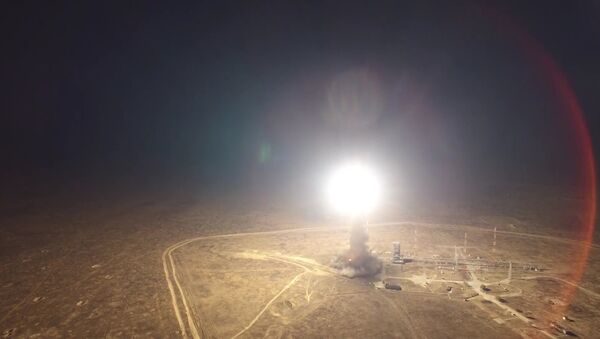If the US were to deploy its intermediate-range ballistic missiles in Europe – as it did before Moscow and Washington signed the INF Treaty in 1987 – it would take from 7 to 10 minutes for the US missiles to reach strategic targets in Russia in the event of an attack, a source in the Russian rocket industry told the Military-Industrial Courier, a newspaper. However, Russia can meet this move with a literally "tit for tat" response by deploying its ballistic missiles in the Arctic. From there, they could reach targets in the US in about 10 minutes as well.
He also added that Russia may also take this response to the next level by employing a long-forgotten weapon developed by the Soviet Union – the 15Zh59 Kuryer solid-fuel compact ICBM (NATO reporting name: SS-X-26).
Despite the fact that the project was shut down in 1991 due to a mutual agreement between Russia and the US, it is possible to quickly resume the missile’s development at the next technological level, the source explained.
"It’s clear that no one, especially Russia, wants this. But if the Americans make the first move, they’re going to reap what they sow: they’ll be facing the modern iteration of Operation Anadyr (the covert Soviet military deployment to Cuba in 1962)," the source remarked.




